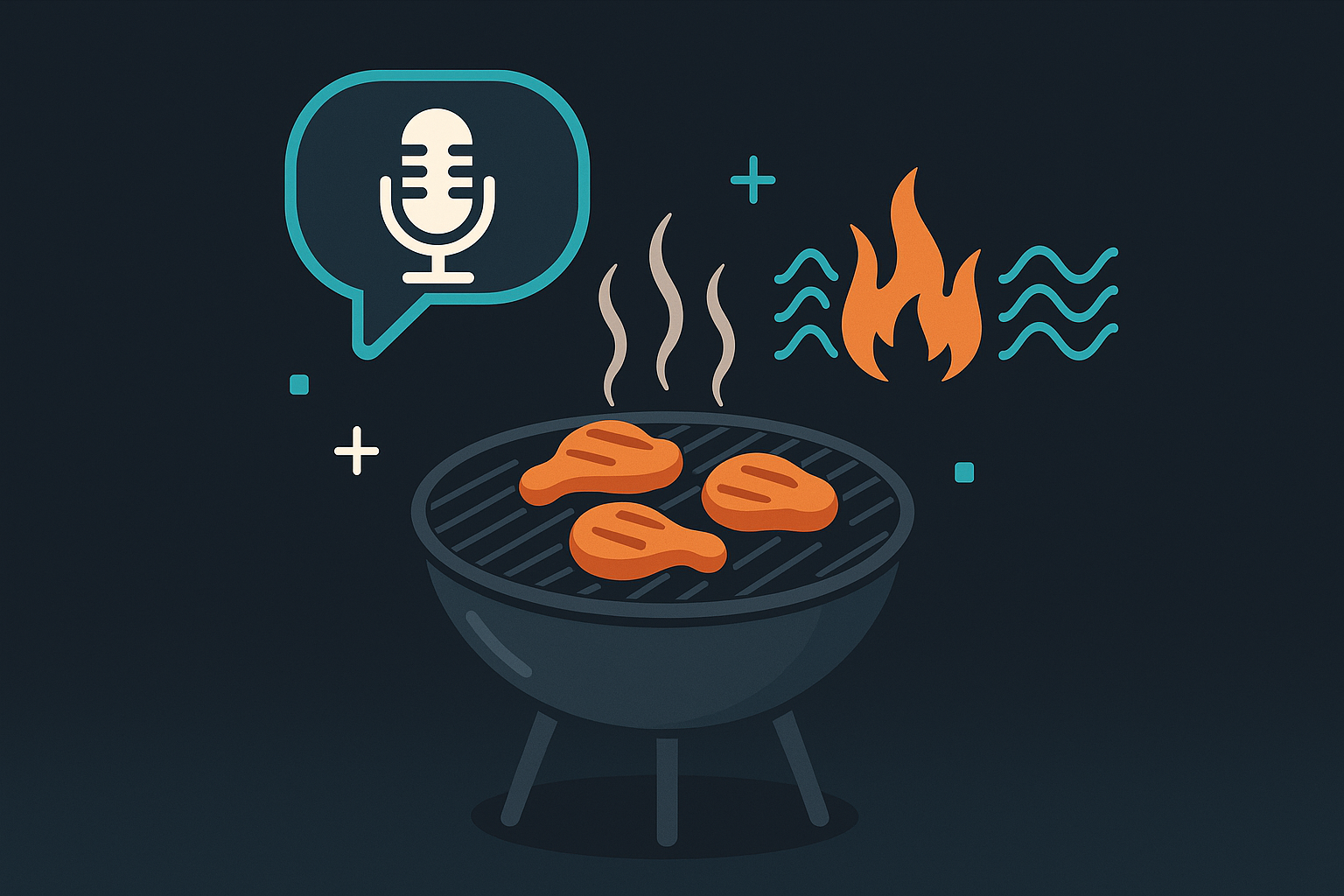What Grilling Chicken Thighs Can Teach Us About AI-Driven Ecommerce
Picture this: A backyard grill, a stack of marinated chicken thighs, and a hungry audience. Now, before you start wondering if you’ve tuned into a food podcast by mistake—bear with me. The art of grilling chicken thighs is a surprisingly apt metaphor for the realities (and missteps) of integrating AI into ecommerce. Both are full of promise, occasionally messy, and require a little more human finesse than the marketing would have you believe.
The Myth of “Set It and Forget It”
The first thing grilling aficionados—and anyone who’s ever charred a drumstick—will tell you is this: you can’t just toss meat on the grill and walk away. Chicken thighs, with their uneven surfaces and tendency to stick, reward attention and punish negligence. You need to prep, monitor, adjust, and—most critically—understand what’s happening under the hood (or lid, in this case).
Sound familiar? Ecommerce AI tools are often sold as magic boxes: plug them in, watch the conversions roll in, and retire to your hammock. But whether you’re optimizing product recommendations or managing inventory, the reality is less rotisserie oven, more hands-on chef. AI needs guidance, training, and occasional intervention. It will get things wrong, especially if you trust it blindly. As the grilling chicken thighs guide emphasizes, you can’t shortcut your way to juicy results—nor can you shortcut your way to a seamless AI-powered customer journey.
Marination: The Data Preparation Parable
Let’s talk marinade—because both chicken and AI models benefit from a good soak. The right blend of spices, acids, and oils transforms tough, bland meat into something crave-worthy. But marinate too long, or with the wrong ingredients, and you risk mushy disappointment.
In ecommerce, your “marinade” is data. Garbage in, garbage out, as the old adage goes. Feeding your AI models with rich, relevant data—the equivalent of a perfectly balanced marinade—yields robust recommendations, smarter automations, and happier customers. But if your data is stale, biased, or just plain irrelevant, don’t expect miracles. The marinade doesn’t fix the chicken; it amplifies what’s already there.
Direct vs. Indirect Heat: The Balance of Automation and Oversight
Grill masters know the secret to succulent chicken thighs: a combination of direct and indirect heat. Start over the flames to crisp the skin, then move to a cooler zone to finish cooking through. It’s a dance—if you use only direct heat, you’ll burn the outside and leave the center raw. Only indirect, and you’ll never get that satisfying crunch.
AI-driven ecommerce needs a similar balancing act. Full automation (all direct heat) can lead to catastrophic errors: think mispriced products, tone-deaf marketing, or customer service bots going rogue. But too much human oversight (all indirect heat) stifles speed and scalability. The trick is to let AI handle the repetitive grunt work—inventory checks, basic queries, trend spotting—while humans step in for the nuanced, high-stakes decisions. The grill, like AI, is a tool. Not a chef.
Patience, Probing, and the Power of Feedback Loops
Here’s a dirty secret: even seasoned grillers poke, prod, and check temperatures obsessively. The thigh may look done, but only a thermometer (and a bit of patience) tells the truth. Similarly, AI doesn’t become “smart” overnight. It learns, iterates, sometimes stumbles. The best results come from constant feedback and adjustment—treating every campaign, every customer journey, as a work in progress rather than a finished recipe.
Actionable Recommendations For AI-Enhanced Ecommerce
- Embrace the role of the attentive grill master: Don’t expect AI to handle everything unsupervised. Monitor, tweak, intervene when necessary.
- Invest in better “marinades” (data): Audit your data sources regularly. Remove bias, fill in gaps, and be intentional about what you feed your models.
- Balance automation with human judgment: Let AI handle the repetitive heat, but keep humans in the loop for creative and sensitive decisions.
- Prioritize feedback loops: Set up robust systems for monitoring outcomes, collecting customer feedback, and retraining your AI tools accordingly.
- Iterate, don’t stagnate: Treat every campaign, product launch, or marketing push as a chance to learn and refine—never assume the first attempt is the best.
In the end, grilling chicken thighs and building an AI-powered ecommerce business aren’t so different. They both reward attention, experimentation, and a little bit of humility. And if you want more tasty metaphors—or just smarter takes on tech—keep tuning in.
Checkout ProductScope AI’s Studio (and get 200 free studio credits)

